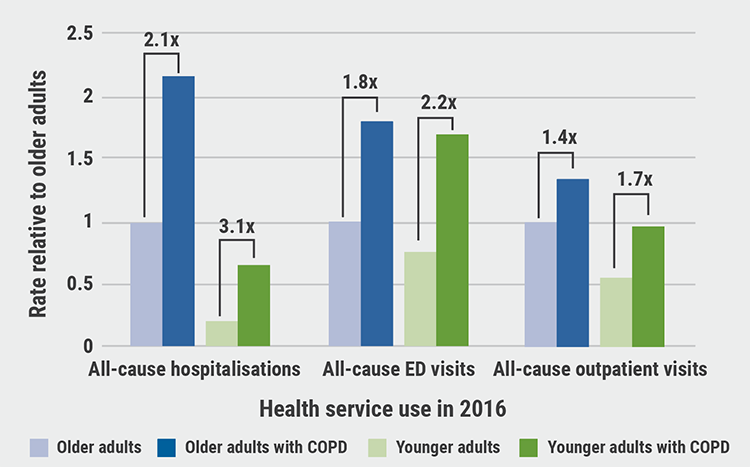https://doi.org/10.55788/7466f70b
“Studies have demonstrated that high dietary intake of vitamin D during pregnancy is associated with a reduced risk for asthma or recurrent wheezing in young children,” said Dr Lourdes Ramirez (Brigham and Women’s Hospital, MA, USA) [1,2]. “The effects of postnatal vitamin D intake on asthma protection are, however, less clear.” Dr Ramirez and her colleagues aimed to answer the following questions:
- What is the optimal timing for vitamin D supplementation with regard to asthma protection?
- Do prenatal and/or postnatal vitamin D intake have a different influence on the occurrence of asthma?
- High prenatal (4,400 IU per day) and postnatal (≥400 IU per day at the age of 12 months) vitamin D supplementation
- Low prenatal (400 IU per day) and postnatal (<400 IU per day) intake
- High prenatal and low postnatal intake
- Low prenatal and high postnatal intake
According to Dr Ramirez, these results give some insight into the optimal timing of vitamin D supplementation with respect to asthma protection.
- Wolsk HM, et al. PLoS One. 2017;12(10):e0186657.
- Ramirez LG, et al. Association of prenatal maternal and infant vitamin D supplementation with offspring asthma outcomes. Session A13, ATS International Conference 2023, 19–24 May, Washington DC, USA.
Copyright ©2023 Medicom Medical Publishers
Posted on
Previous Article
« Practice-changing results for ensifentrine in COPD Next Article
TORREY trial: seralutinib associated with reduced pulmonary vascular resistance in PAH »
« Practice-changing results for ensifentrine in COPD Next Article
TORREY trial: seralutinib associated with reduced pulmonary vascular resistance in PAH »
Table of Contents: ATS 2023
Featured articles
TORREY trial: seralutinib associated with reduced pulmonary vascular resistance in PAH
Practice-changing results for ensifentrine in COPD
Asthma
Vitamin D for asthma protection: what is the optimal timing?
Remarkable results for novel biologic therapy for asthma
Success for fluticasone furoate plus vilanterol in uncontrolled asthma
COPD
Practice-changing results for ensifentrine in COPD
Alvelestat for AATD meets primary endpoints in phase 2 trial
Fewer exacerbations with dupilumab in COPD with type 2 inflammation
New AATD therapy may alleviate treatment burden for patients
Efficient detection of AECOPD with at-home vital signs monitoring
COVID-19
COVA trial: success for the investigational agent sarconeos in hospitalised COVID-19
Mitochondrial DNA levels predict COVID-19 severity
Other
Excellent results for C21 in idiopathic pulmonary fibrosis
Can camlipixant improve quality of life of patients with refractory chronic cough?
TORREY trial: seralutinib associated with reduced pulmonary vascular resistance in PAH
Improving quality care in sepsis through machine learning models
Can information technology improve guideline adherence in sepsis care?
Related Articles
August 17, 2022
The role of biologics in CRSwNP

July 18, 2022
Novel PDE4B inhibitor offers breakthrough for IPF
© 2024 Medicom Medical Publishers. All rights reserved. Terms and Conditions | Privacy Policy

